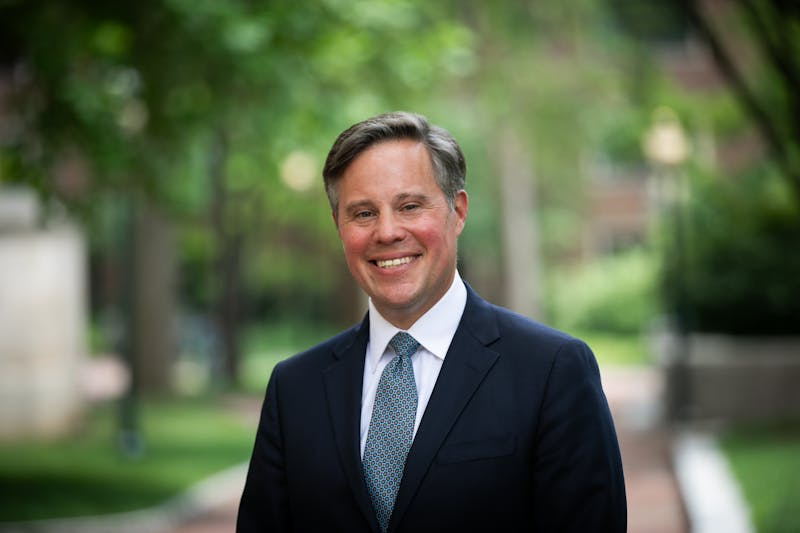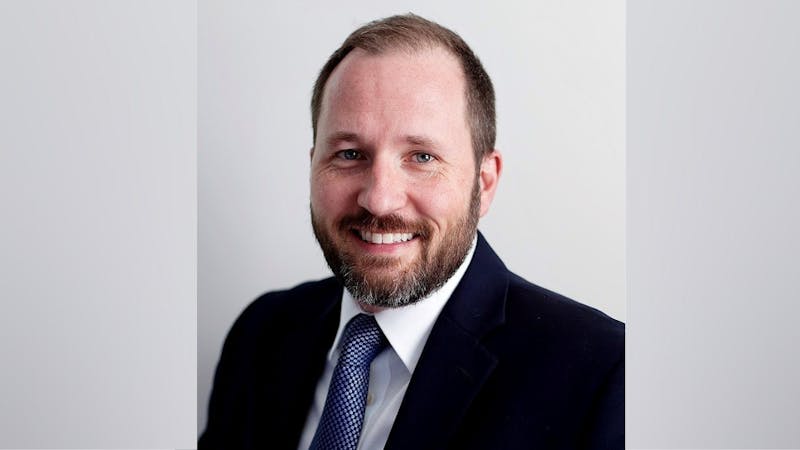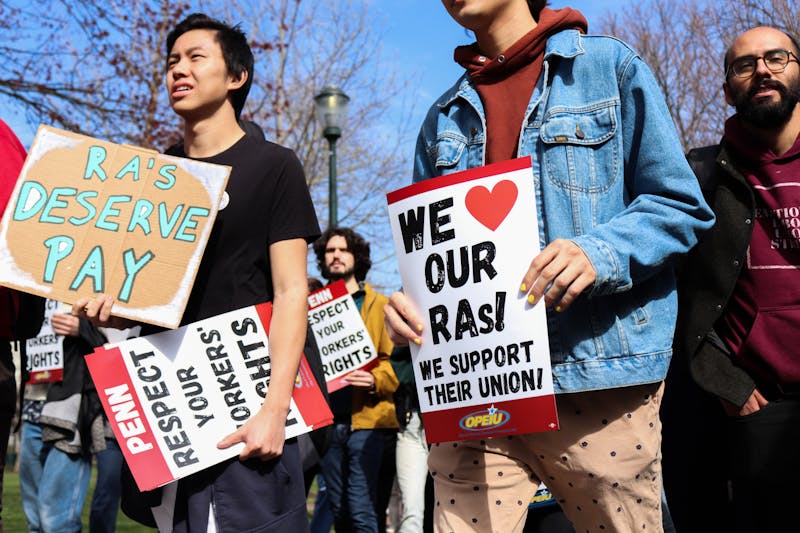
During the hectic summer before my first year, I received emails from Penn Wellness regarding my health insurance coverage. Unaware of the difficulties I would face during New Student Orientation, I didn’t pay too much attention to the situation.
It wasn’t until NSO that I realized the deadline to waive the Penn Student Insurance Plan was approaching. I filled out the paperwork with my insurance, thinking that this simple action would resolve everything. A few days later, I received word that my health insurance, Medicaid, was not a plan Penn would accept. I immediately spiraled into panic, realizing I would be billed over $4,000 for the 2022-23 academic year.
To waive PSIP, a student’s health insurance plan must fulfill many requirements. The insurance must:
- Be licensed to do business in the United States
- Provide coverage for pre-existing conditions
- Offer an annual maximum benefit of at least $2,000,000
- Provide for inpatient and outpatient medical care in Philadelphia
- Provide for inpatient and outpatient mental health care in Philadelphia
- Not limit coverage in Philadelphia to just emergency or urgent medical or mental health care
When speaking with Wellness at Penn, I was told that because I was enrolled in Medicaid through the state of Connecticut rather than Pennsylvania, Penn would not accept the plan. Transferring my residency to Pennsylvania would involve time and effort, including updating my driver’s license, voter registration, mailing address, etc. It would also mean facing potential waiting periods and bureaucratic hurdles that could delay access to my coverage.
I was horrified. As a low-income student, I didn’t know how my family was going to handle another charge on my tuition bill. I attempted to negotiate with Student Registration and Financial Services, explaining the position I had been put in. They were able to subsidize the price by a couple hundred dollars. While I was grateful for the assistance, there was still a substantial amount that was left on the bill.
Over one in five Americans are on Medicaid, the primary program providing health care to the more than 72 million low-income people in the United States. Benefits of Medicaid cannot be transferred from one state to another, nor can they be received simultaneously in two states.
Because of Medicaid’s limitations and Penn’s strict policy, low-income students are stuck in a state of limbo. For those who are highly aided, Penn entirely covers the plan for the academic year. Those who don’t quite meet the highly aided mark — but are still low-income — are placed in uncomfortable circumstances, uncertain how much financial aid could be contributed to the bill, if any.
Once insured with PSIP, students should still expect to pay for co-payments, prescription medications, and certain medical visits. While visits to Student Health Service are free of charge, students need to call to schedule an appointment and, at times, online booking has been unavailable for months. It should be noted that scheduling online through MyChart will redirect to Penn Medicine, which operates under a different system than SHS.
In addition to added insurance costs, first-generation, low-income students face other challenges as well. In the fall semester of last year, Penn suspended an initiative that provided textbook codes for students. Students were stunned by this announcement and unprepared for the costs they now had to bear for class material.
In February, Penn’s tuition was raised by 3.9%, bringing the cost of billable items to $87,860 for the 2024-25 academic year. This increase adds further strain to students already struggling to manage their finances. For many, the financial aid offered doesn’t stretch far enough to cover these rising costs, leaving students to seek additional loans or find part-time work to make ends meet.
The financial burden doesn’t end with tuition and health insurance. The cost of living in Philadelphia is another significant expense. Rent, utilities, food, and transportation costs add up quickly. These expenses can be overwhelming and the pressure to juggle academics and jobs can be immense, affecting students’ mental health and academic performance.
Penn has made efforts to support its FGLI students through initiatives like the Penn First Plus program. When only about 15% of each class identifies as FGLI, the issues that these students face are easily pushed to the side. Penn needs to do a better job supporting FGLI students — for health insurance and beyond.
Groups on campus, like Penn Student Government’s Nominations & Elections Committee and the FGLI Dean’s Advisory Board, have used their voices to advocate for underrepresented students on campus. Student groups continue to show their support for issues that impact the undergraduate body that Penn administration fails to fully recognize.
Health insurance is just one piece of a much larger puzzle. It’s a symptom of a broader problem facing higher education: the ever-increasing cost of attending college and the inadequate support systems for students who can’t afford these expenses.
While Penn has made great strides in supporting FGLI students, there is still work to be done. The financial challenges students face are multifaceted and require more comprehensive solutions. By addressing these issues head on, Penn can create a more supportive environment, ensuring that financial barriers do not stand in the way of academic success and personal growth.
ASHLEY ACOSTA is a rising College junior studying political science from Newington, Conn. Her email is acostash@sas.upenn.edu.
The Daily Pennsylvanian is an independent, student-run newspaper. Please consider making a donation to support the coverage that shapes the University. Your generosity ensures a future of strong journalism at Penn.
Donate











